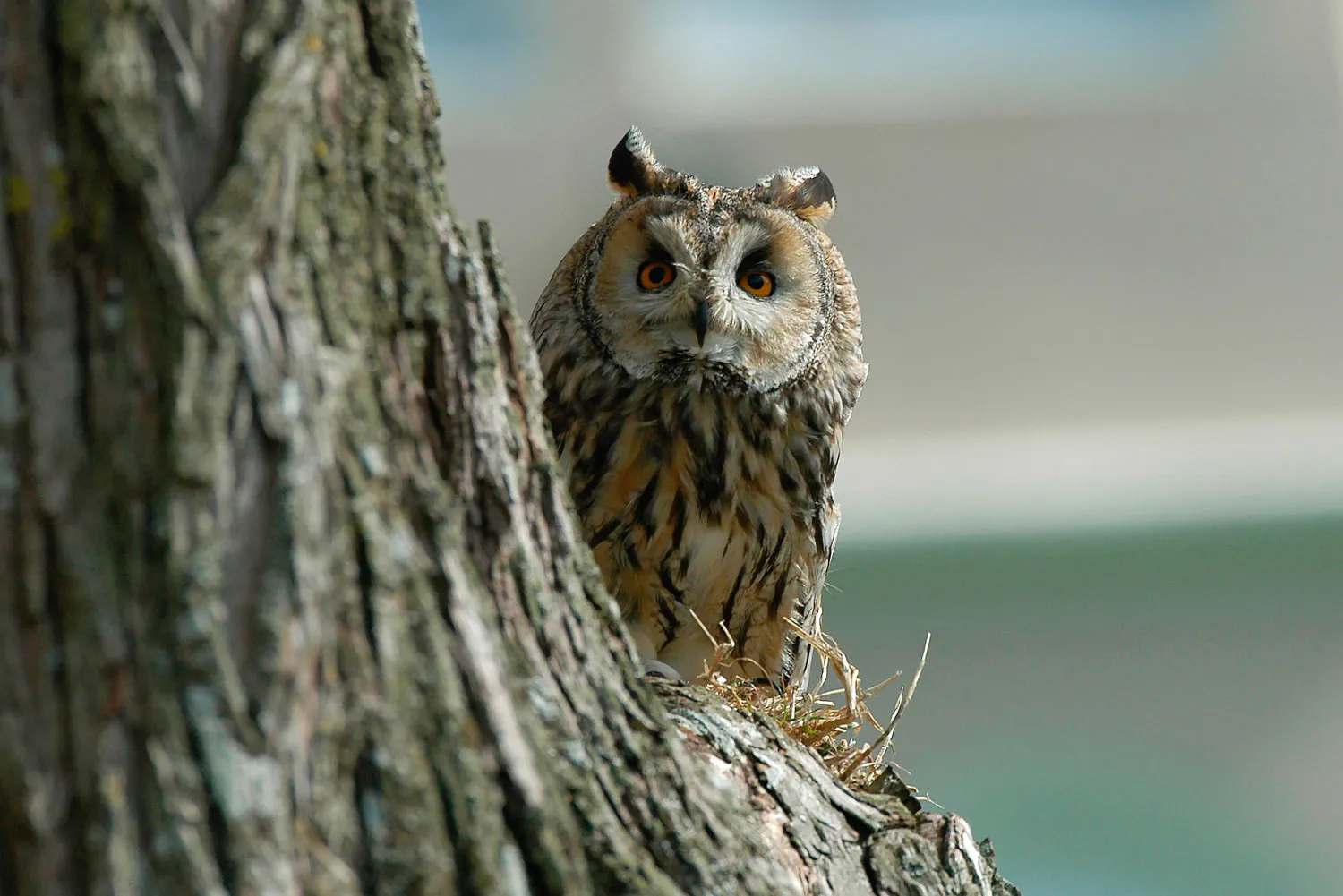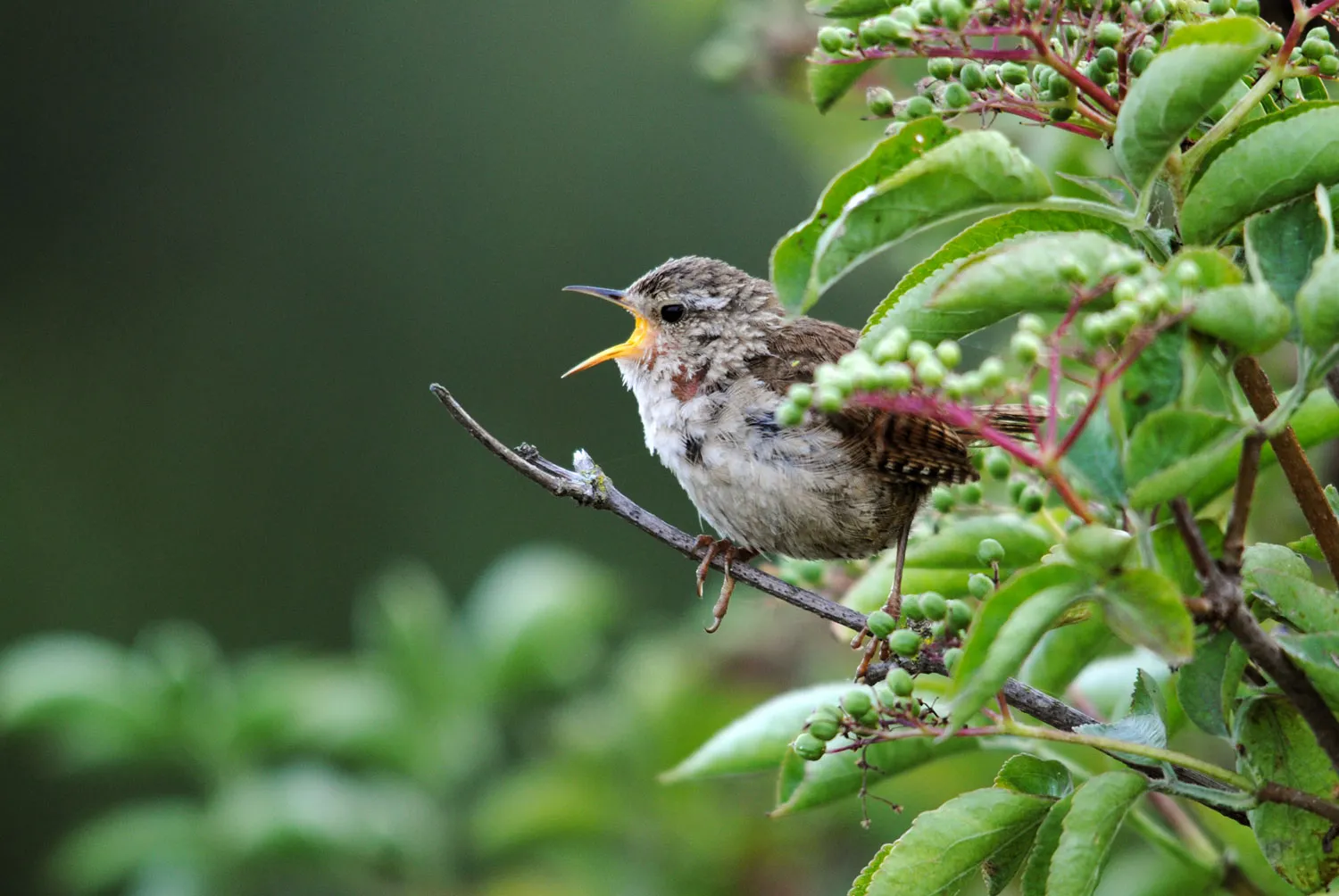Passive acoustic monitoring (PAM) provides a means of collecting data on birds, as well as other wildlife, in areas with few expert bird surveyors, often for species poorly monitored through diurnal surveys. It also has the potential to be deployed for long time periods, hence increasing species detection and capturing data over the full daily and annual cycles.

BTO is currently undertaking a suite of projects designed to explore the potential of this emerging technology. These include:
- supporting BBS volunteers to deploy acoustic devices alongside normal BBS surveys in Scotland,
- comparing traditional survey methods with acoustic devices for use by farmers and landowners in Dorset, as part of a broader European project,
- deploying acoustic devices on BBS squares to measure and compare soundscapes in different landscapes, and
- trialling the use of acoustic recorders to detect a potentially invasive non-native bird species.
An overarching aim across these projects is to assess the pros and cons of this technology, given that AI-based PAM will miss individuals or species that are not vocalising and may deliver false positives, the latter due to imperfect classification. Moreover, although very useful for detecting presence, PAM cannot yet be easily used to measure relative abundance as effectively as human observers.
Solving these issues and delivering improvements in the use of Passive Acoustic Monitoring will make this technology a valuable tool in our arsenal for monitoring birds, as well as bats, other mammals, amphibians and insects in the future.
More on our acoustic monitoring work and tools
Our ability to undertake robust and reliable acoustic monitoring surveys for bats and other animals has been revolutionised in recent years by the work we have done to develop acoustic classifiers and provide the infrastructure to allow audio recordings to be uploaded, processed and reported.
